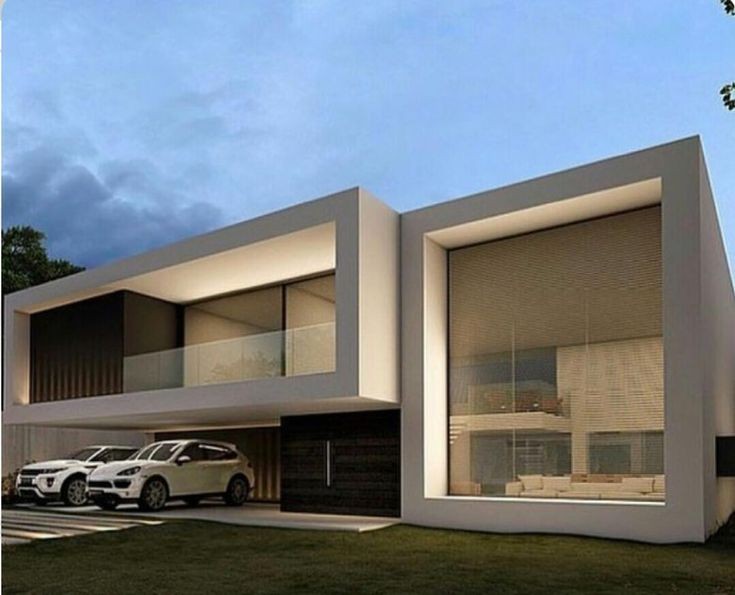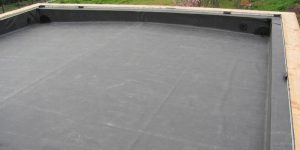
Waterproofing of flat roofs: The solution of EPDM rubbers
The flat roof is definitely trendy and home builders confirm it. More and more customers who want to build their house with a flat roof. It is right that our model catalogs present many houses with a contemporary appearance, with a flat roof, also called a terrace roof. Without denying their very aesthetic and practical character, flat roofs can cause real problems if a somewhat particular technical implementation is not applied. In fact, if sloping roofs make it possible to evacuate water and various waste naturally, the question of the sealing of flat roofs is very important, because without a natural slope, water easily infiltrates under the roofs ( or even in the slabs) creating damage due to humidity in the houses. However, there are simple and very effective methods for building flat roofs: example of EPDM membranes.
An EPDM membrane, what is it?
EPDM is the abbreviation of Ethylene, Propylene, Diene and Monomer. EPDM is a synthetic rubber intended for covering roofs. To make it simpler, it is a kind of very resistant and easy to use synthetic rubber tarpaulin, which sticks to the roof and ensures a very good seal. The EPDM membrane is intended for flat roofs, whether protected or not, as well as for slightly sloping roofs. It is around 1.2-1.3 mm thick.
The EPDM membrane is intended for flat roofs, whether protected or not, as well as for slightly sloping roofs. It is around 1.2-1.3 mm thick.
Advantages of EPDM membranes
The EPDM waterproofing membrane guarantees excellent resistance to the most extreme weather conditions and offers proven durability of at least 50 years. Unlike traditional waterproofing membranes, EPDM does not contain chlorine or heavy metals, which is why some call it environmentally friendly. The EPDM membrane actually has a better eco-balance, even if EPDM rubbers come from a heavy industrial process (vulcanization with sulphur). In addition to its simpler implementation than sealing with bitumen-paxalumin rolls or other traditional elastomers, the EPDM membrane requires little maintenance and seems much more resistant. In addition, EPDM is better suited to receive vegetation thanks to its high resistance, its elasticity and its absence or limitation of joints.
The implementation of EPDM waterproofing membranes
-
-
- The EPDM membrane can be installed on various substrates in concrete, wood and panels derived from wood (such as OSB and chipboard) and ribbed steel sheets (commonly called steel deck).
-
What makes it special is the ease of its implementation, which nevertheless requires a few precautions for use. It remains in particular to deal with the singular points of any flat roof such as the risers, the parapets and their angles, as well as the evacuation of rainwater. Here are the main advantages of EPDM during its implementation:
It has a reduced weight (1.2 to 1.3 kg/m²), which allows it to be handled quite simply.
It can be placed on any type of support, but it is better to provide a layer of primer beforehand unless the support is really smooth and clean.
It is installed cold by gluing, ballasting or mechanical fixing. Gluing is done using white water-based glue.
Being flexible allows EPDM to mold to the shape of the support and to apply better. To put it down properly, you have to smooth it down, remove the folds, so that it adapts as well as possible to the support.
For a better application of the EPDM membrane, it is necessary to call on professionals. So don’t hesitate to Contact us.

0 comments